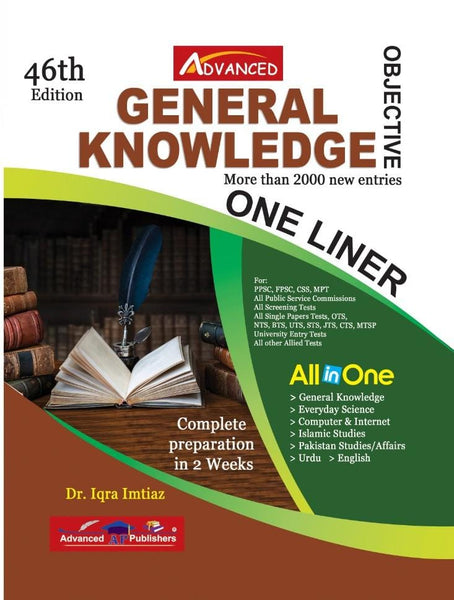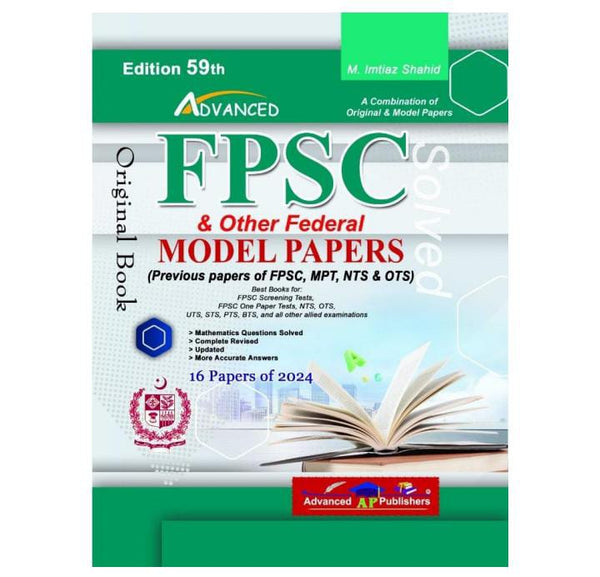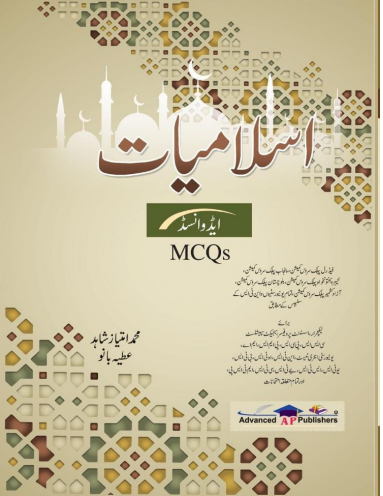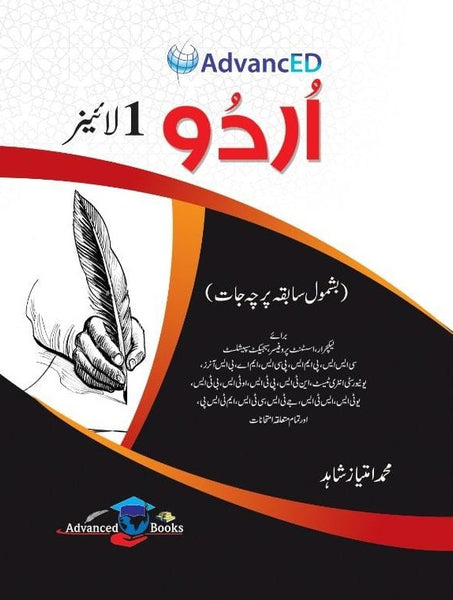Adnan Farooqi's "Advanced Physical Geography" offers a comprehensive exploration of the intricate systems and processes shaping Earth's physical environment. Covering a broad array of topics crucial for competitive exams like CSS, PMS, and PCS, this text delves into ten key points essential for understanding the complexities of physical geography.
Key Points:
1. Plate Tectonics: Farooqi elucidates the theory of plate tectonics, elucidating how the Earth's lithosphere is divided into large, rigid plates that float atop the semi-fluid asthenosphere, leading to phenomena like continental drift, earthquakes, and volcanic activity.
2. Earth's Climate Systems: This section elucidates the mechanisms governing Earth's climate, encompassing factors such as solar radiation, atmospheric circulation, ocean currents, and greenhouse gases, and their influence on global climate patterns and variability.
3. Geomorphology: Farooqi delves into the study of landforms and the processes that shape them, from weathering and erosion to tectonic activity, showcasing how Earth's surface is continually evolving through various geomorphic agents.
4. Biogeography: Examining the distribution of species and ecosystems across space and time, this segment explores the interplay between physical geography and biological systems, elucidating concepts like biodiversity, ecological niches, and biogeographic regions.
5. Hydrology: Farooqi explores the movement, distribution, and quality of Earth's water resources, encompassing topics such as the hydrologic cycle, surface water processes, groundwater dynamics, and human impacts on water systems.
6. Climatic Hazards: This section delves into the study of natural disasters triggered or exacerbated by climatic factors, including hurricanes, droughts, floods, and wildfires, highlighting their impacts on societies and the environment.
7. Soil Geography: Farooqi examines the formation, classification, and distribution of soils worldwide, elucidating their role as a crucial component of the Earth's ecosystem and their significance for agriculture, ecology, and land management.
8. Glaciology: Exploring the study of glaciers and ice sheets, this segment discusses their formation, movement, and role in shaping landscapes, as well as their response to climate change and implications for sea level rise.
9. Remote Sensing and GIS: This section introduces the use of remote sensing techniques and Geographic Information Systems (GIS) in physical geography research and applications, highlighting their role in mapping, monitoring, and analyzing Earth's surface processes and features.
10. Environmental Management: Farooqi addresses the challenges of sustainable environmental management in the context of physical geography, discussing strategies for conservation, resource management, and mitigating human impacts on natural systems.
In "Advanced Physical Geography," Adnan Farooqi offers a nuanced understanding of the Earth's physical processes, providing aspiring candidates with the knowledge and insights necessary to excel in competitive examinations and navigate the complexities of environmental management in the modern world.
════ ⋆★⋆ ════
Writer ✤ Adnan Farooqi
Publishers ✤ ADVANCED PUBLISHERS





















